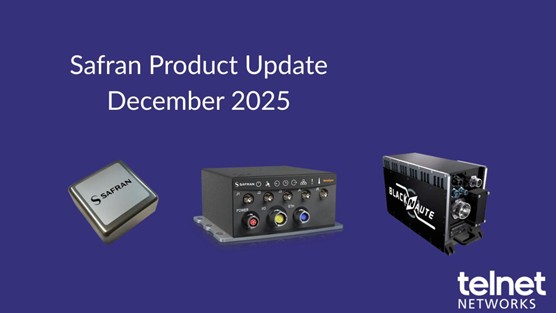If you’re implementing IPTV, it’s important to know what metrics to monitor to ensure the transmission of high quality video. Managing performance entails more than tracking response time. Let’s look at the key metrics for managing IPTV in the following table:
| Performance Area | Metric | Description |
| IPTV Service Metrics | QoE | Video quality of experience measured via Media Delivery Index (MDI), most often displayed as two numbers separated by a colon: delay factor (DF) and the media loss rate (MLR) |
| Packet loss | Defined as the number of lost or out-of-order packets per second. Since many receivers make no attempt to process out-of-order packets, both are treated as lost in the MLR calculation. The maximum acceptable value for MLR is zero, as any packet loss will impact video quality. | |
| Jitter | Measures the variability of delay in packet arrival times | |
| Latency | Time taken by transport network to deliver video packets to user | |
| QoS | Verify precedence settings are the same for all components of IPTV transmission | |
| IPTV System Metrics | CPU | Amount of CPU available and used |
| Memory | Device memory available and used | |
| Buffer utilization | Quantity used and available | |
| Network Metrics | CIR utilization | User utilization relative to Committed Information Rate (CIR) |
| Queue drops | Queue drops due to congestion |
With a basic understanding of key metrics and the technical specifications from your IPTV solution, you can set thresholds and alarms on metrics to notify you of potential issues before they impact the user.





